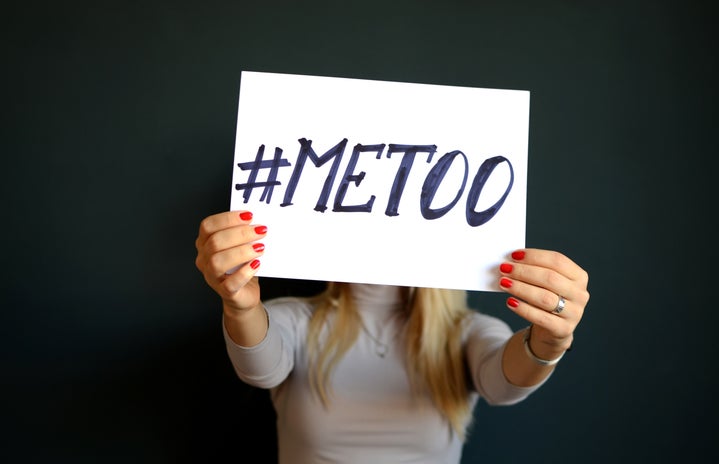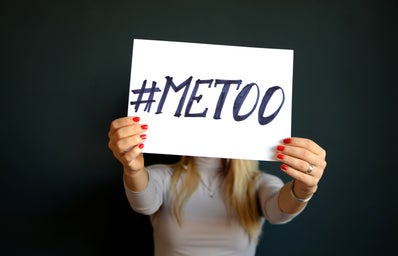It was in the 70s that Laura Mulvey, British film critic and feminist, questioned why women characters’ representation in Hollywood was so objectified towards a masculine gaze — both director and watcher. In her essay, “Visual Pleasure and Narrative Cinema”, she talks about how pre-existing patterns of fascination mold cinema as we know it.
“The most insidious manner in which objectifying gaze infuses American culture is in people’s encounters with visual media that spotlight bodies and body parts and seamlessly align viewers with an implicit sexualizing gaze”, she wrote. Her theory appeared at the same time as the feminist movement in the United States, between 1965 and 1977The central claim of the movement was the struggle for female liberation. Unfortunately, Mulvey’s theory is still extremely valid to this day, proving that female representation in media hasn’t changed that much.
At the beginning of film culture in the 1920s, before it became an industry in the United States, at least 50% of the average film crew was composed of women, according to research from AIC (International Cinema Academy). Surprisingly, that was the moment in time when representativity in the cinematographic industry was the most equilibrated between men and women. But with the popularization of cinema, the production of movies became practically an assembly line, much more assertive and, rather monetary than creative. With men studying in big universities and the job becoming more and more professionalized, masculinization rooted, excluding women from works that were well paid and, therefore, too respected to be realized by them.
Nowadays, according to Clara and Julia Kuperberg, french sisters and directors of “Et La femme créa Hollywood” (Women who run Hollywood), just 8% of blockbusters and 20% of independent movies are directed and produced by women. That’s not a reality just in the United States: research conducted by Ancine, Brazil’s National Agency of Cinema, showed that between 1995 and 2017 just 17% of Brazilian movies were directed and produced by women. That representative disparity isn’t just unfavorable for women directors and producers, but also to actresses and viewers.
Female character representation in cinema, in general, is thought to be pleasant for men’s egos, commonly seen just as an accessory to male characters or exaggeratedly sexualized. In the super-heroes universe, this reality is even more exacerbated, whether by extremely short uniforms or the devaluation of female characters.
In a recent interview, Scarlett Johansson, the actress that plays the Black Widow in Marvel movies, vented about the hyper-sexualization that her character suffered in the last 11 years before she won a solo movie about her character. “When you look at Iron Man 2, as cool as it was and with great moments, Natasha is so sexualized. They talk like she’s an object that can be owned or something. And at the time, that sounded like a compliment. It took a while, a good time, for me to realize my value against this type of comment. It’s changing. Now, young girls are getting a much more positive message, but it’s been amazing to be part of this transition and come out on the other side of this story, with progress. Evolution is very good “, she told ScreenRant.
The most interesting part of it is that the new movie about Natasha Romanoff is directed by a female director, Cate Shortland. This dynamic between men directors resulting in hyper-sexualized female characters versus women directors creating a strong and respectful representation of women in their characters is also seen in Harley Quinn, played by Margot Robie, in “Suicide Squad” (directed by James Gunn and David Ayer) against “Birds of Prey” (directed by Cathy Yan). The fact is: when a woman is directing a movie/TV program, sexism and unnecessary exhibitionism are less present.
We are almost at the centenary of the big explosion of the feminism movement – but, in contrast, what we hear about actresses in majority male sets is still frightening. Ben Affleck, Ed Westwick, Woody Allen, Sylvester Stallone, and Morgan Freeman are just some famous Hollywood men accused of sexual abuse and harassment in and out of the filming sets. One of the most famous cases of violence onset is the movie “Blue is the warmest color”, in which the actresses Adèle Exarchopoulos and Léa Seydoux play a 7 minutes sex scene, in which a disturbing and abusive production by the director, Abdellatif Kechiche, was later revealed. “The director made the actresses shoot sex scenes for hours, with their vaginas bleeding. He would often stick his own finger into their vaginas and breasts to show them how to do it”, Léa Seydoux tells Esquire Magazine.
Happily, this kind of case is being more and more denounced, and the men who commit those acts of violence are suffering the consequences of their acts. The MeToo movement, created in 2017, is proof of it. It started when The New York Times published a series of accusations of abuse, harassment, and even rape against Harvey Weinstein, one of the biggest executive producers of Hollywood.
Shortly after, the actress Alyssa Milano suggested on Twitter that all women that had been through similar situations leave a comment with the hashtag, and at least half a million women answered within 24 hours. Since then, an initiative called “Time’s Up Legal Defense Fund” was created, projected to legally help women who suffered any kind of violence – more than 300 actresses, writers, and directors raised $21 million in just one month. The fight for equality and the end of sexual violence in the cinema industry is hard and far from an end, but we’ll keep fighting it.4
————————-
The article above was written by Clarissa Palácio and edited by Carolina Azevedo. Like this type of content? Check out Her Campus Cásper Líbero for more!



